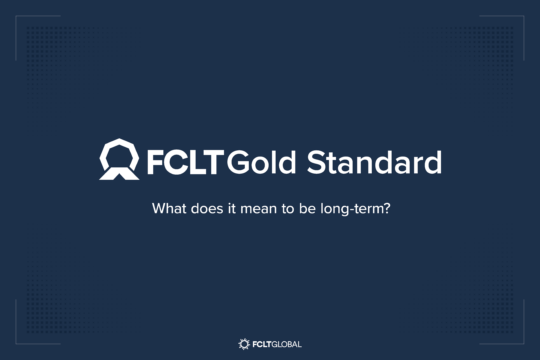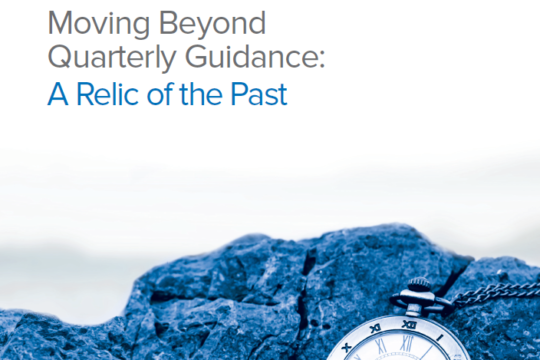But this shift isn’t just about reacting to economic uncertainty. It reflects a broader understanding: quarterly profits are inherently difficult to predict, and obsessing over them often does more harm than good. The flaws in quarterly guidance are well-documented. Beyond being a poor predictor of actual performance, it can encourage risky, short-sighted behavior. When companies feel pressured to meet quarterly targets, they may cut corners or engage in short-term tactics that undermine long-term value creation. These actions might appease the market in the short term, but they distort business fundamentals and distract leadership from building sustainable growth.
Research from FCLTGlobal underscores this dilemma. The majority of executives say short-term market pressure skews decision-making and ultimately destroys value. In response, a growing number of companies are abandoning the quarterly forecast treadmill and replacing it with something far more strategic: the long-term roadmap.
Long-term roadmaps offer a more meaningful narrative about where a business is headed. They focus on the key economic drivers of performance, connect to management’s multi-year vision, and align with carefully selected KPIs that matter over time—not just for the next earnings call. Rather than attempting to predict the next 90 days, these plans articulate how the company plans to allocate capital, grow market share, and maintain its competitive edge over years, not quarters.
This isn’t just a communications tool; it’s a strategic advantage. A well-constructed roadmap provides investors with a clear picture of the company’s operating model, long-term goals, and performance expectations across critical financial and operational dimensions. It shows that long-term investors want to hear what differentiates this business, how it plans to win, and how it defines success over time.
What’s the alternative to quarterly guessing games?
“Long-term roadmaps offer a potential bulwark against short-term pressures. In our study, 100 percent of investors said they either always or occasionally encourage companies to share their long-term plans. More than 86 percent of investment decision makers say they want metrics oriented toward expected performance at least three years out.”
– FCLTGlobal. Driving the Conversation: Long-Term Roadmaps for Long-Term Success
The takeaway is clear: long-term roadmaps aren’t just investor-friendly—they’re becoming investor-expected. They provide a way to push back against short-term noise and reinforce a company’s commitment to durable value creation.
As markets grow more complex and investor expectations more sophisticated, forward-thinking companies are embracing a new model of corporate transparency—one that doesn’t hinge on short-term forecasts. The best-performing companies are proving that clarity of vision and a long-term mindset aren’t just nice-to-haves—they’re essential to enduring success.



